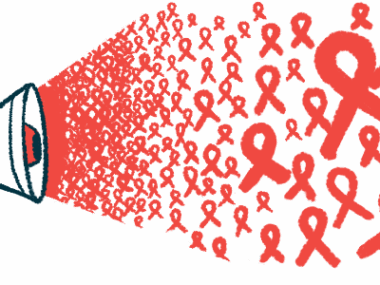Foundation Awards Research Projects Focused on Diagnosis, Treatment
Written by |

The Sjögren’s Foundation has awarded a total of $200,000 to four U.S. research projects focused on identifying diagnostic biomarkers and improving treatment of Sjögren’s syndrome.
The foundation’s Research Grants Program “places a high priority on both clinical and basic scientific research into the cause, prevention, detection, treatment, and cure for Sjögren’s, with opportunities open to both junior and senior-level investigators,” the foundation stated when announcing the grant recipients.
The four one-year grants include two $75,000 High Impact Research Awards and two $25,000 Pilot Research Awards. High Impact grants support highly developed research proposals already based on preliminary data and established methodology. Pilot awards are meant to fund preliminary data collection or other research assistance necessary to confirm the project’s feasibility, which is expected to support future applications for larger grants.
Sjögren’s syndrome is a chronic autoimmune disease in which the immune system mistakenly attacks glands that produce secretions, mainly the tear and salivary glands, leading to dry eye and mouth. However, the disease also can affect other tissues, including the lungs, brain, kidneys, and gastrointestinal tract.
Because its symptoms mimic those of other conditions and may not all appear at the same time, Sjögren’s remains a challenge to diagnose. Also, diagnosis and treatment are delayed by the lack of highly sensitive and specific diagnostic testing and therapeutic targets.
Three of the awarded researchers, Cintia S. de Paiva, MD, PhD, Sara S. McCoy, MD, and Addy Alt-Holland, PhD, will work on the identification of potential diagnostic biomarkers for Sjögren’s.
High Impact Research Grants were given to de Paiva, of the Baylor College of Medicine – Ocular Surface Center, in Texas, and McCoy, with the University of Wisconsin School of Medicine and Public Health.
de Paiva’s project seeks to evaluate whether eye surface and mouth cells from Sjögren’s patients with both eye and mouth dryness exhibit a distinct gene activity signature from those of patients with dry eye only and healthy individuals. Such a signature could provide relevant diagnostic biomarkers of the disease.
McCoy’s work will be based on the prior identification of hundreds of new autoantibodies, or antibodies that wrongly attack healthy cells, associated with Sjögren’s. Through the further validation of these candidate autoantibodies, the researchers hope to provide new biomarkers and therapeutic targets, ultimately helping to improve diagnosis and understanding of causes, and to develop new therapies for Sjögren’s.
Pilot Research Award recipient Alt-Holland, of the Tufts School of Dental Medicine, in Boston, will be using her funding to determine Sjögren’s-specific epidermal and salivary metabolic signatures. The epidermis is the outer, visible layer of the skin.
These metabolic signatures may enable early Sjögren’s diagnosis, monitoring of disease progression, and assessment of treatment responses. Also, the researchers believe that developing a non-invasive method for assessing epidermal biomarker profiles has the potential to be a useful diagnostic tool for Sjögren’s in the dental clinic.
The other Pilot recipient, Jason H. Melehani, MD, PhD, with Stanford University’s Department of Medicine, hopes to assess whether current treatment given to people with Sjögren’s-associated lung disease is optimal.
Lung diseases due to Sjögren’s are currently treated the same way as isolated lung diseases. Researchers will compare clinical features and responses to such treatments between people with Sjögren’s-associated lung diseases and those with the primary lung diseases they resemble.
The application period for the 2022/2023 research grant cycle will be announced later this year.
The foundation’s grants are open to basic and clinical scientists holding an advanced degree at a U.S. university or research institution. Ideally, interested physicians will have advanced clinical training in a Sjögren’s subspecialty, such as rheumatology or ophthalmology. Previous grant recipients are also eligible.






